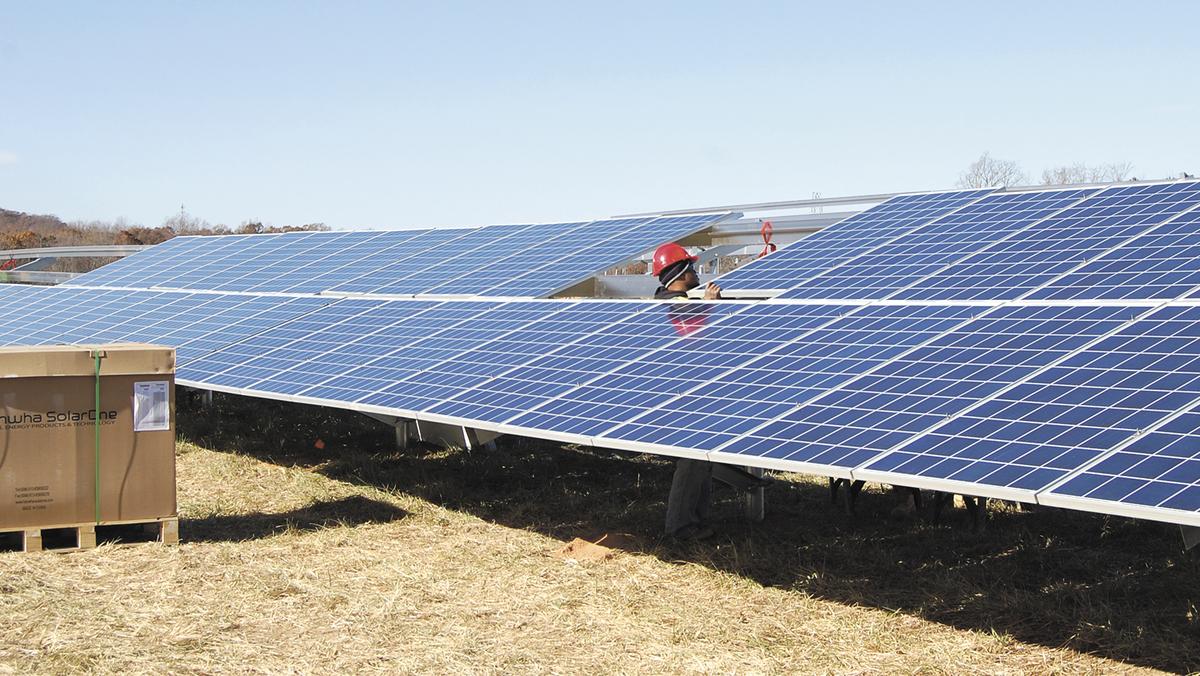Jumped 9 percent to 75 20 in after hours trading in new york.
Solar panel tariffs expectations.
45 w off grid solar panels.
This decision came on the heels of a nearly 9 month case before the u s.
This corresponds to a recent analysis conducted by greentech media.
Bifacial solar modules have lost their exemption from the section 201 tariffs on imported solar panels effective may 18 2020.
After announcing 30 tariffs on all imported c si solar panels in january the u s.
Since trump imposed 30 percent import tariffs on solar cells and modules in 2018 solar companies such as first solar hanwha q cells and jinkosolar have built about 3 gigawatts of u s based.
From a climate perspective the seia also estimated that reduced solar panel deployment activity in the u s stemming from the tariffs would increase emissions equivalent to 5 5 million cars.
Sunpower is the nation s no.
Bifacial modules received a full exclusion in june 2019.
120 w flexible and semi flexible panels used for motor vehicles and boats.
2 commercial solar power company employing thousands of workers directly and indirectly.
The shine has somewhat come off imported bifacial solar panels in the usa after a backflip by the u s.
International trade commission itc after two solar manufacturers suniva and solarworld filed a petition seeking tariffs.
In january last year u s.
All imported solar panels were taxed beginning in 2018.
Tariff exemption for bifacial modules was first revoked in october 2019.
But it makes most of its solar panels abroad and with the tariffs recently.
Officially excluded from the 30 solar panel tariffs.
A tariff or tax of 30 will be applied to imported solar panels most of which come from china.
By year 4 the tariff s impact falls to only 0 04 to 0 05 per watt which results in less than a 2.
Trade representative ustr will officially exclude certain products from the import duties starting sept.
Panel maker first solar inc.
The final tariff will have significant negative impacts on.
The tempe arizona based manufacturer stands to gain as costs for competing foreign panels rise.
Tariffs will begin at 20 on large residential washing machines according to the announcement.
Market experts estimate that the impact of the tariff in year 1 will be between 0 10 to 0 12 per watt.

